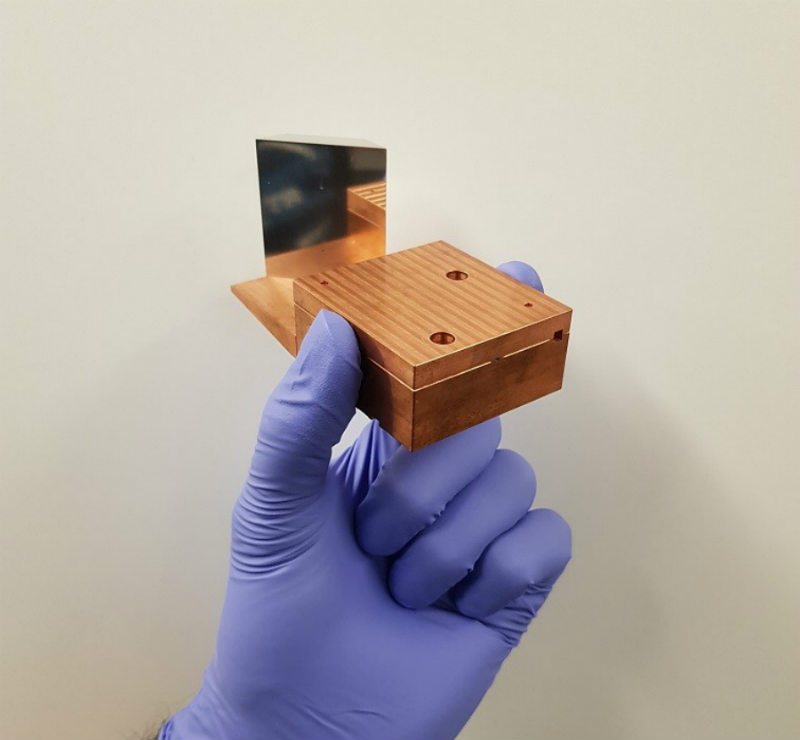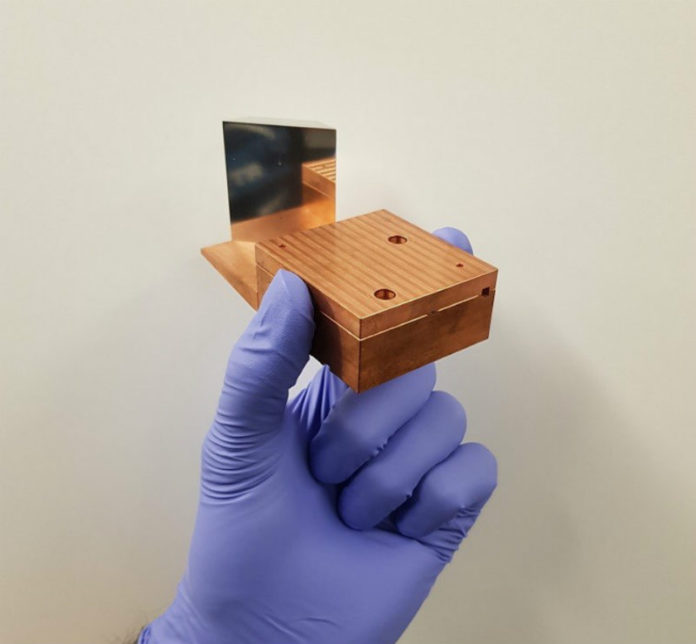
Credit: University of Manchester
Scientists have created a compact version of a particle accelerator, which can beam electrons with 1000 times more charge at 99.99% of the speed of light. This projects ultrashort electron beams with the use of laser rays to create terahertz frequency (THz) pulses of light.
What are particle accelerators?
Based on electrostatic or electromagnetic fields to drive particles at high speeds, these extraordinary machines come in many sizes. Among those different particle accelerators in the world, the largest to date is the Large Hadron Collider (LHC) by CERN which is used for scientific purposes.
There are smaller types of particle accelerators which are being used for more day-to-day applications like, medical diagnostics or medical imaging, cancer and tumour therapies, semiconductor manufacturing and also in security screening of goods.
How did they do it?
In the study they used very thinly layered quartz in a metallic structure, to match the light speed with that of the electrons. Once this was done, they could change or measure particles in 0.000 000 000 000 01 seconds (or 10 femtoseconds). This is similar for light to travel 1/100 of a millimetre. This enables photographing atomic-level motions.
The use of laser rays generated terahertz-frequency pulses of light. Terahertz is a frequency in the electromagnetic spectrum that lies between infrared and microwave. “The wavelength of terahertz radiation is about a hundred times shorter than the radio waves currently used to accelerate particles, this means that the components of the accelerator can also be built to be around a hundred times smaller.”
“The main challenge was matching the velocity of the accelerating THz field to the almost speed-of-light electron beam velocity, while also preventing the inherently lower velocity of the THz pulse envelope propagating through our accelerating structure from significantly degrading the length over which the driving field and electrons interact. We overcame this problem by developing a unique THz source which produced longer pulses containing only a narrow range of frequencies, significantly enhancing the interaction,” says Dr Morgan Hibberd, lead author of the study.
Why is it important?
Apart from the obvious advance in size, their success has opened doors for more advanced particle accelerators to be built with higher energy, higher charge which would be cost-effective. If these could be achieved as said, particle accelerators could be used in many other applications in the future.
The researchers’ plan is to replace those gigantic particle accelerators which runs for kilometres long and be able to do the same job better with concise, practical accelerators.
This collaborative study by the University of Manchester, the Lancaster University and the Cockcroft Institute, has now been published in the journal Nature Photonics.

